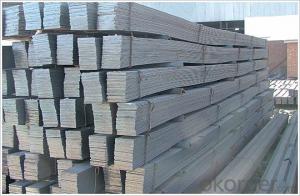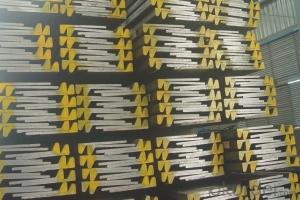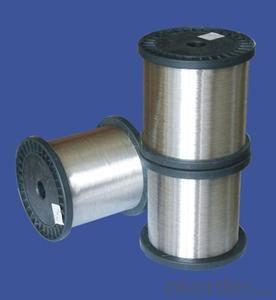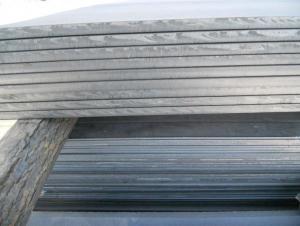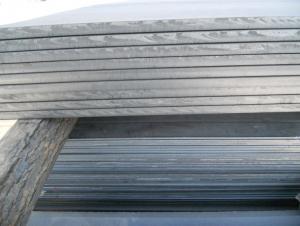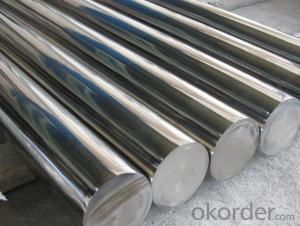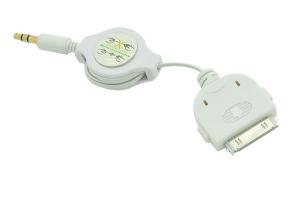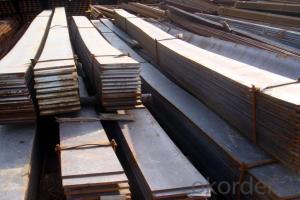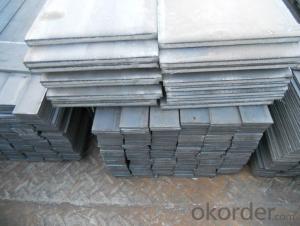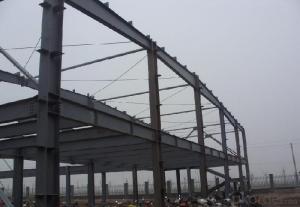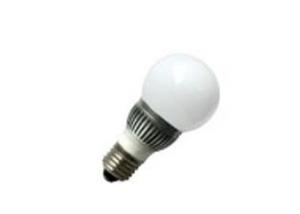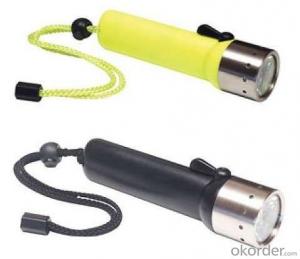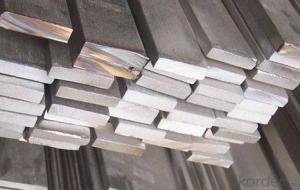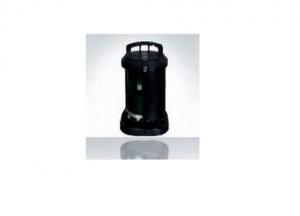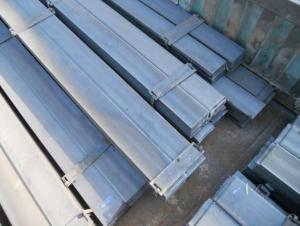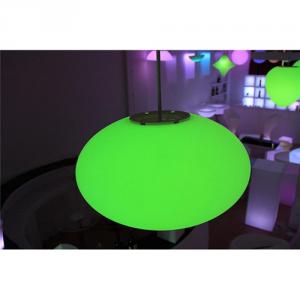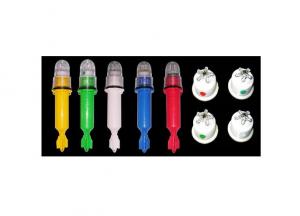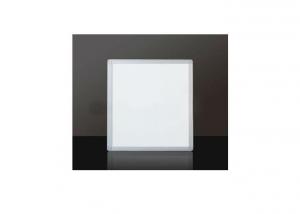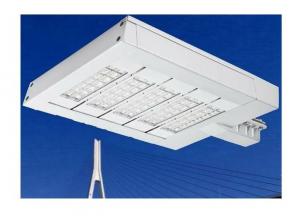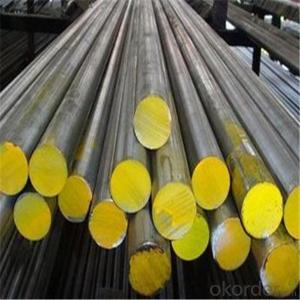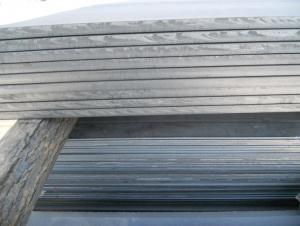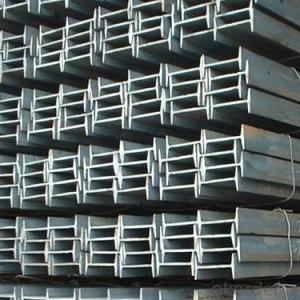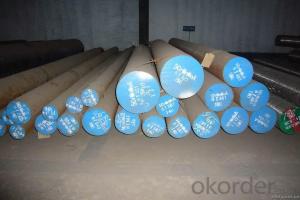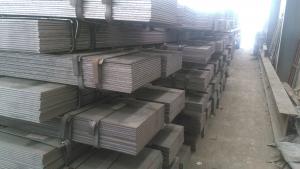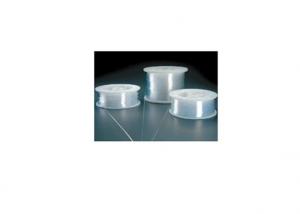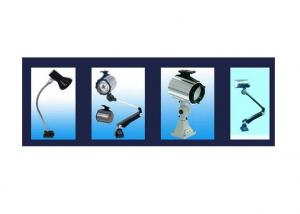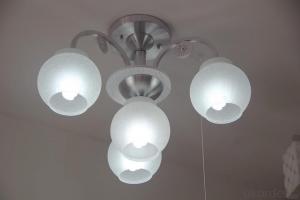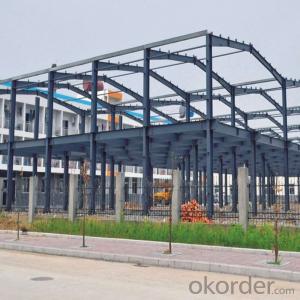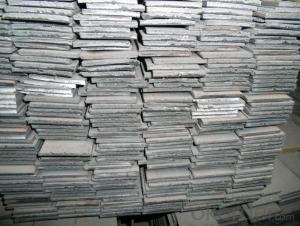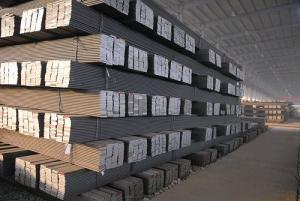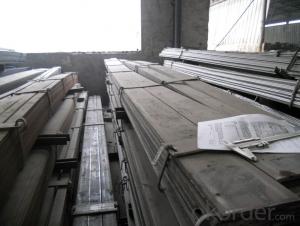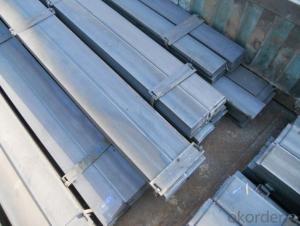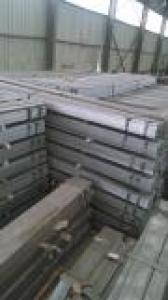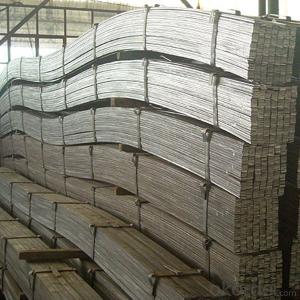Bulb Flats For Shipbuilding
Bulb Flats For Shipbuilding Related Searches
Bulb Flat Steel Led Bulbs For Spotlights Bulbs For Pendant Lights Industrial Light Fixtures Parts For Light Fixtures Bulbs For Car Headlights Led Light Bulbs For Ceiling Fixtures Floating Lights For Pool Light Bulb For Desk Lamp Indoor Flood Light Bulbs Lights For Swimming Pool Warehouse Light Fixtures Led Flood Light Fixtures Light Fixtures Industrial Light Fitting Components Led Replacement Fixtures Floating Solar Cells Accessories For Lighting Small Tube Light Fixture Small Spot Light Fixture Office Lighting Fixtures 6 Foot Fluorescent Bulbs Parts For Pendant Lights Swimming Pool Light Bulb Ceiling Spot Light Fixtures Led Bulbs For Can Lights Replacement Light Fixture Parts Outside Post Lighting Fixtures Low Profile Light Fixtures Metal Shipping Crates For SaleBulb Flats For Shipbuilding Supplier & Manufacturer from China
Bulb Flats For Shipbuilding are essential components in the construction and repair of marine vessels, providing structural support and stability to the ship's hull. These flat bars, also known as bulb flats, are designed with a bulb-shaped edge that adds extra strength and resistance to the ship's structure, making them ideal for various applications in shipbuilding. They are commonly used in the fabrication of ship decks, bulkheads, and other critical structural elements that require high strength and durability.The application of Bulb Flats For Shipbuilding extends to various usage scenarios, such as the construction of commercial ships, naval vessels, and offshore platforms. These flat bars are also utilized in the repair and maintenance of existing marine structures, ensuring that the ships remain seaworthy and safe for operation. Their robust design and high resistance to corrosion make them a preferred choice for shipbuilders and engineers working in the maritime industry.
Okorder.com is a leading wholesale supplier of Bulb Flats For Shipbuilding, offering a vast inventory of these essential shipbuilding materials. With a commitment to quality and customer satisfaction, Okorder.com ensures that their products meet the highest industry standards and are available at competitive prices. Their extensive inventory allows customers to source the required quantities of Bulb Flats For Shipbuilding with ease, making them a reliable partner for shipbuilders and marine engineers worldwide.
Hot Products
